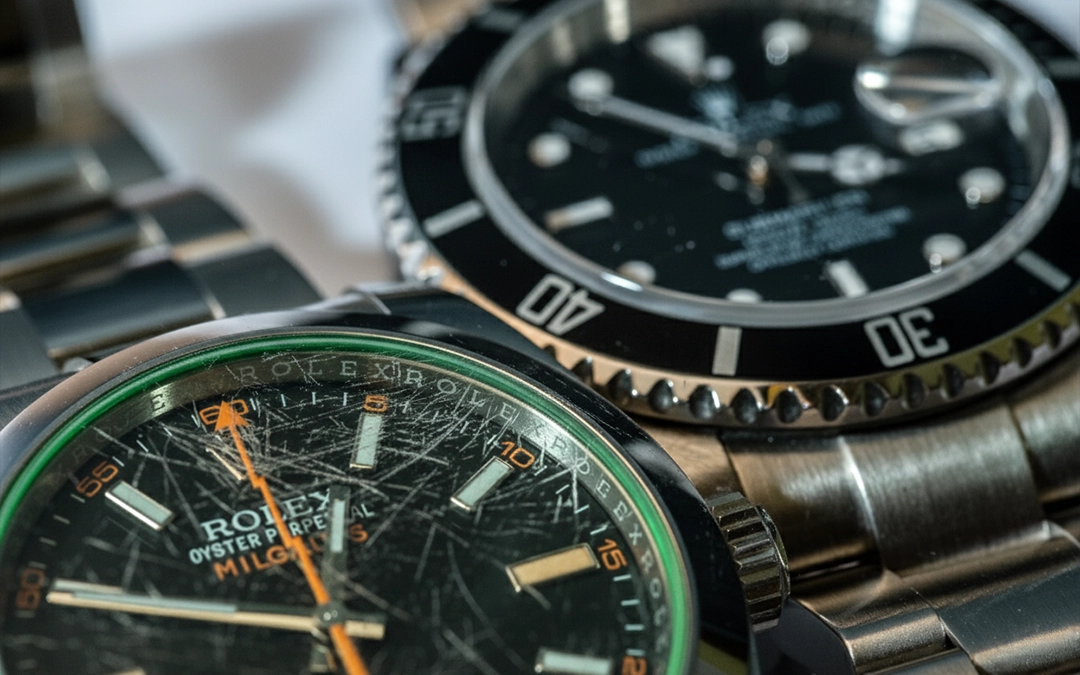Why even a million-dollar watch can’t escape micro-scratches
There’s nothing quite like the thrill of wearing a watch you’ve always dreamed of owning. Whether it’s a sleek stainless steel classic, a rose-gold beauty, or a million-dollar statement piece sparkling with diamonds, the feeling is the same—absolute perfection. Every polished edge glimmers, the crystal shines like new, and you silently promise yourself to guard it with extra care.
But reality has other plans. One day, under the right light, you notice it—a tiny mark on the surface. You brush at it with your sleeve, hoping it’s just dust, but it doesn’t budge. It’s a scratch. Barely visible to others, yet painfully obvious to you.
That moment is when every watch lover realises a universal truth: no timepiece, no matter its value or craftsmanship, is untouchable. Scratches and wear aren’t signs of neglect—they’re simply part of a watch’s journey.
The good news? By understanding why scratches happen and how to protect against them, you can preserve your watch’s beauty for longer—and enjoy peace of mind while wearing it.
Watch battle scars
A fine watch may look like a fragile jewel, but the reality is that it endures a tougher life than you’d expect. Each time you slip it onto your wrist, it’s exposed to countless little encounters with the world around you. Over time, these encounters leave their mark. Here are the most common “scars” a watch can suffer:
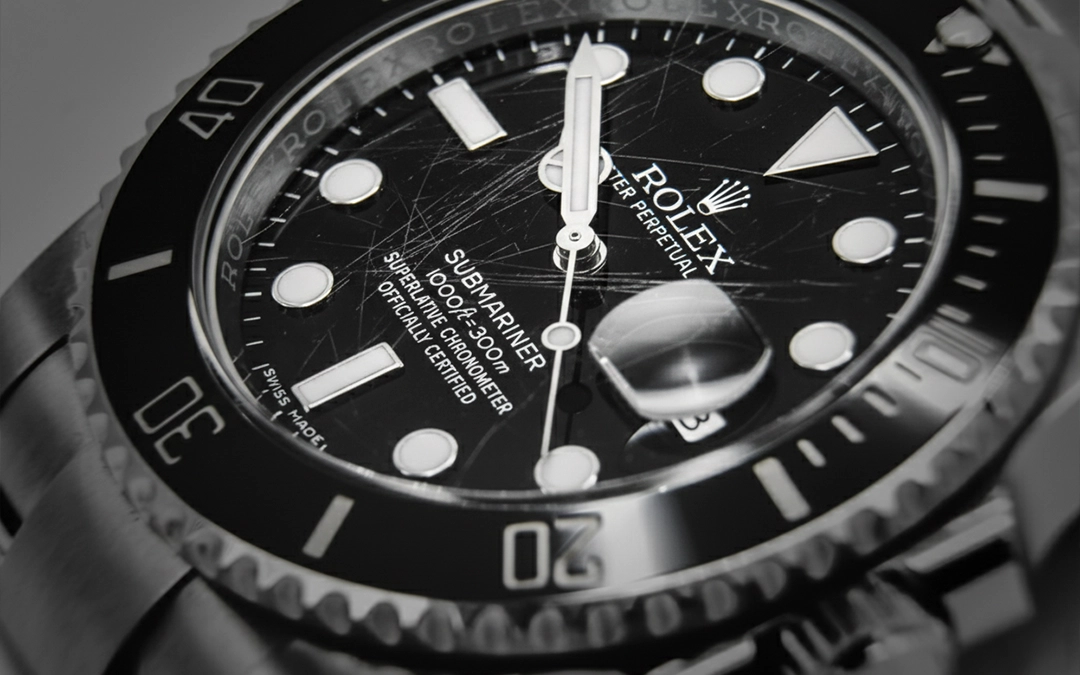
Micro-scratches on the case and bracelet – Those faint, hairline scratches that appear almost out of nowhere. They often come from the everyday—a desk edge, a shirt cuff, or even tiny particles of dust harder than steel.
Bezel dings – The bezel, especially if it protrudes, is like a bumper on a car. It’s the first to take the hit when you graze a doorframe, knock against a counter, or misjudge the space around you.
Finish dulling – Sweat, oils from the skin, and repeated friction gradually strip away that mirror-like shine, leaving the finish muted compared to its original brilliance.
Crystal marks – Sapphire crystal is famed for its durability, but it isn’t indestructible. A brush against harder minerals or an accidental drop can leave behind scratches or small chips.
Bracelet wear and stretch – With constant movement, metal bracelets slowly loosen over time. Pins shift, links widen, and that snug fit starts to give way.
Individually, these marks may seem minor. But together, they form a visible record of your watch’s journey—a diary etched in steel, gold, or sapphire.
Why do scratches happen?
Even the finest materials can’t defy physics. No matter how luxurious or meticulously engineered your watch is, it still has limits. Here’s why scratches are bound to appear:
Material hardness – Precious metals like gold and platinum are soft by nature, which makes them especially prone to scratches. Stainless steel offers more resilience, but it still falls short against harder particles. Even sapphire crystal—celebrated for its scratch resistance—can be etched by minerals like quartz or diamond.
Everyday environments – Dust, sand, and grit are all around us. These tiny particles, many harder than steel, act like invisible sandpaper, subtly scratching your watch as it brushes against clothing, desks, or surfaces.
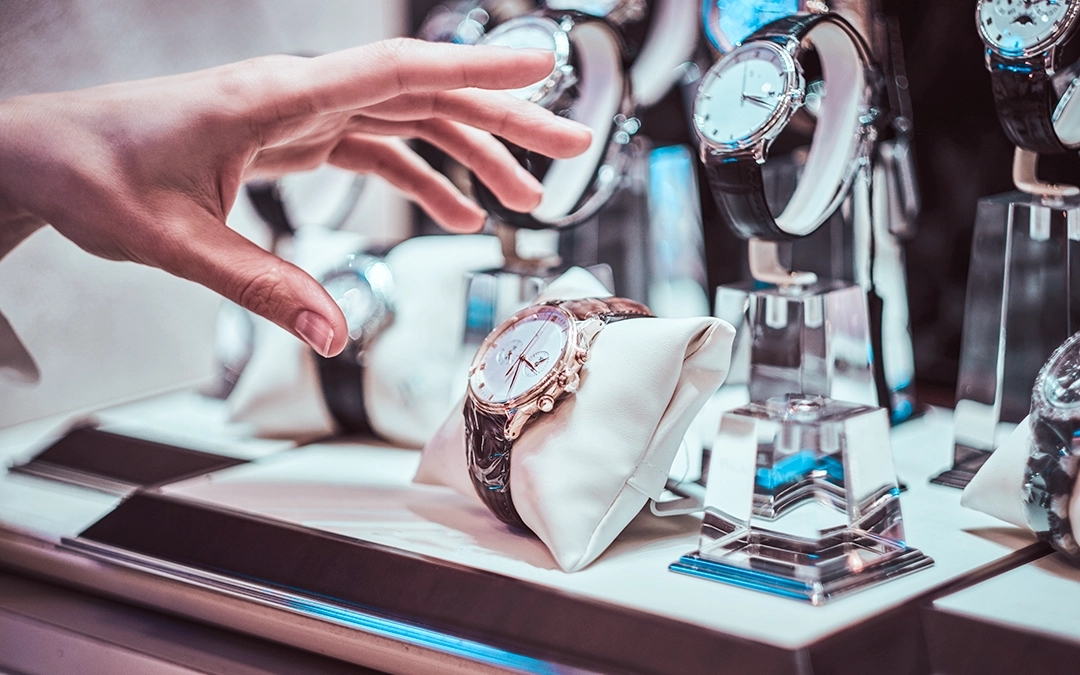
Unnoticed knocks – From grazing a car door to resting your wrist on a keyboard or bumping gym equipment, daily movements leave their trace. You might not register the impact, but your watch certainly does.
Chemical wear – Sweat, lotions, perfumes, and even household cleaning agents gradually eat away at finishes, dulling the polish and weakening materials over time.
In short, scratches are more than accidents—they’re the natural result of your watch interacting with the world around you.
Can scratches be prevented?
While no watch can remain flawless forever, there are ways to slow down the visible signs of wear. By practising a few mindful habits, you can keep your timepiece looking its best for longer:
Store it properly – When not on your wrist, place your watch in a soft pouch or a lined watch box. This prevents accidental rubbing against harder surfaces or other items.
Be mindful of environments – Some settings are tougher on watches than others. Workouts, DIY projects, and sandy beaches all increase the risk of dings, scuffs, and grit exposure. Consider leaving your watch safely stored during such activities.
Keep it clean – Wipe your watch regularly with a soft, clean microfiber cloth to remove dust, grit, and oils that can act like abrasives over time. Always ensure the cloth itself is clean before use, as trapped particles can cause scratches. Avoid using harsh chemicals or sprays that may damage finishes.
Rotate your collection – If you own more than one watch, give each a chance to rest. Wearing the same piece every day exposes it to constant friction, accelerating scratches and wear.
Watch out for zippers and buttons – Jacket zippers, metal buttons, and even belt buckles can easily scrape against your watch if you’re not careful.
Seek professional care – A skilled watchmaker can polish away light scratches and restore a factory-like shine. However, polishing too frequently may round off edges and reduce long-term value, so moderation is key.
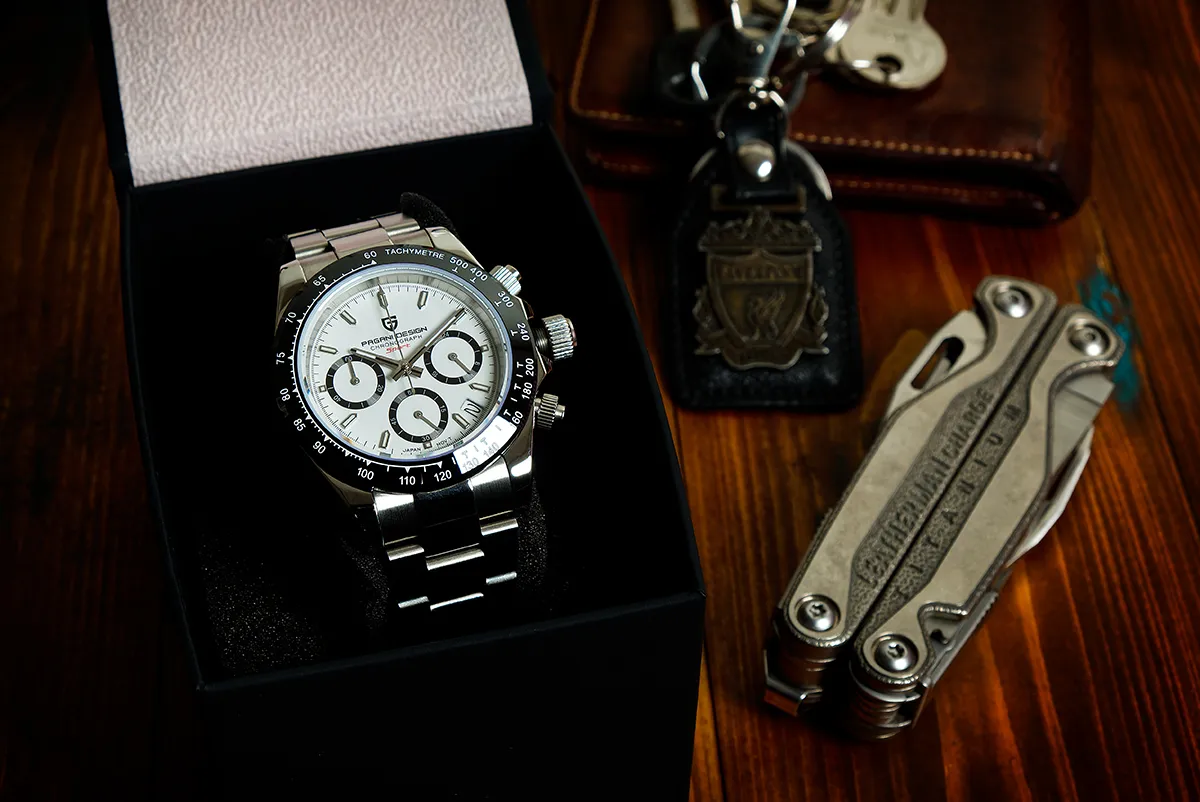
Ultimately, it’s about balance. A watch is meant to be worn, not hidden away — but giving it mindful care ensures you enjoy it while still preserving its beauty for years to come.
Adding an extra layer of protection
For collectors and enthusiasts who want more than careful habits, watch protection films provide an understated yet highly effective safeguard.
Take Golden Shield’s RX-8, for example. This premium-grade film is engineered to wrap seamlessly around cases and bracelets, forming a transparent, durable shield against scratches, scuffs, and everyday wear. Ultra-thin and precision-cut, it preserves the original contours, finish, and feel of your watch—so discreet that it’s virtually invisible. Unlike bulky covers or improvised solutions, the RX-8 enhances protection without compromising elegance.
Of course, no film can make a timepiece completely impervious. But technology like the RX-8 dramatically slows the appearance of wear, helping your watch retain that just-unboxed brilliance for far longer. For many enthusiasts, it’s less about perfection and more about peace of mind—knowing their treasured timepiece has an invisible guard preserving both beauty and value.
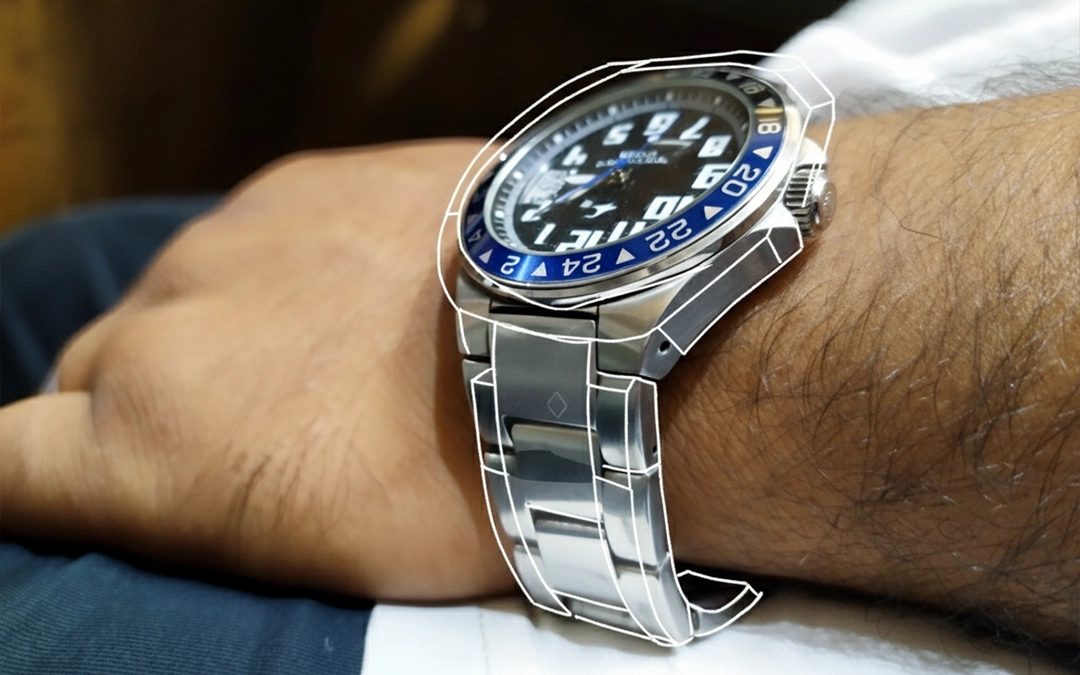
Protecting what you treasure
It’s only natural to feel protective of something so personal and valuable. Whether your timepiece is worth thousands or millions, it represents more than just precise engineering—it’s a symbol of taste, achievement, and identity. And while a scratch won’t stop it from keeping time, to a passionate owner, even the smallest mark can feel like a loss.
That’s why taking precautions matters. From simple habits like mindful wear and proper storage to advanced solutions like Golden Shield’s RX-8 protection film, safeguarding your watch isn’t just about preventing scratches. It’s about preserving its beauty, extending its life, and enjoying the reassurance that you’re caring for it the best way possible.
Because true luxury isn’t just owning a remarkable watch—it’s preserving its brilliance for years to come.

